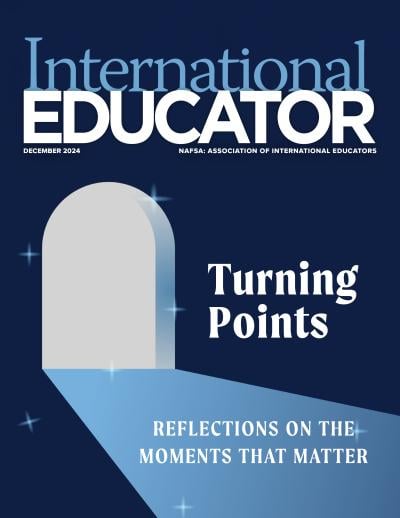Global Spotlight: South Korea

Demographic shifts are putting pressure on South Korea’s higher education institutions, as the number of college-age Koreans declines and competition for students among Asian universities increases. To mitigate this challenge, the South Korean government announced in 2015 an ambitious goal of having 200,000 international students studying in the country by 2023.
After enacting several policies designed to attract international students, the number of international students enrolled at South Korean universities has grown, including a spike of nearly 19 percent between 2016 and 2017. Meanwhile, South Korea remains one of the top sending markets of international students to U.S. universities, holding the third spot—behind China and India—for 16 of the past 17 years.
By the numbers:
1398: Year that Sungkyunkwan was founded, at the beginning of the Joseon Dynasty, as the royal institution for Confucian study. It served as the origins of Sungkyunkwan University, one of the country’s leading private research institutions today.
142,205: Number of international students enrolled at South Korean universities as of April 2018, an increase of almost 15 percent over 2017 numbers.
54,555: Number of South Korean students who were enrolled at U.S. universities during the 2017–18 academic year, representing 5 percent of the total international student population.
105,360: Number of South Korean students who studied abroad during the 2016–17 academic year. The United States, Japan, and Australia are the three most popular destinations for South Korean students.
10: Seoul’s spot on the QS Best Student Cities 2018 ranking.
2018: Year that South Korea’s Ministry of Unification














